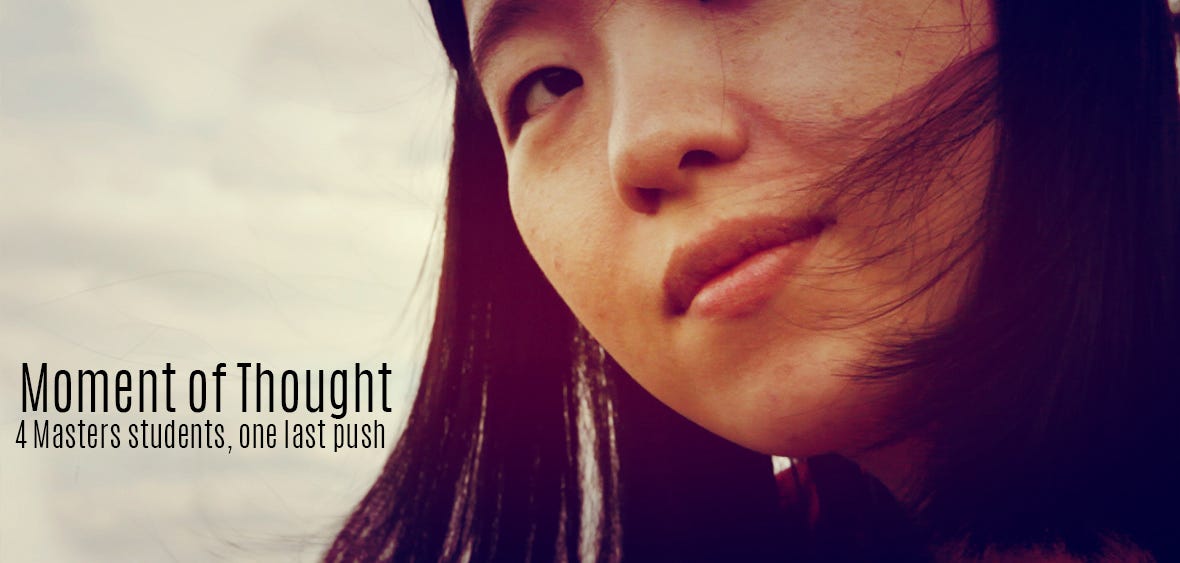By
the end of the academic year, as the Masters students on the
documentary programme of the University of Westminster prepared to hand
in their final project, I had an idea.
Nothing extraordinary on the surface, but there was something in it! What’s the most memorable form to tell a story?
A story that is self-contained, but because of its internal dynamics, could leave a secondary message of pedagogy in our times.
That 21st century conundrum which, if it weren’t for the precedent in the enlightenment, we could surely argue this is a period of unequivocal great change.
Except
it isn’t. All generations wipe the lens of their glasses until their
rosey enough to distort history. The citizen journalist, for instance,
has forever been amongst us, in the super 8mm users clubs of the 1910–80s .
Jessica Borthwick, a
pioneering filmmaker of 1913 was a CJ, whilst women were still fighting
for their due rights. Borthwick took a camera course, a couple of guns
and headed off to Bulgaria to film the conflict between the Balkan
states e.g. Greece and Serbia and the Ottoman empire. She spent a year
and showed her films back in London.
Paul Garrin,
my favourite delivered an homage to Russia’s naughty boy filmmaker,
Dziga Vertov. Garrin who in 1989 filmed riots in New York’s Lower East
side became a national figure amongst news folks with his hi-8 camera.
Oh and his hommage was ‘Fuck Vertov’. Tasty!
Mustafa Hussein, filming the Ferguson riots in Missouri is our contemporary vision.
Like
the many millions who see video as the communication medium par
excellence, while I don’t deny its prowess, there is a nuanced view I
take in its potential.
The
conflict between video that shows a message, invariably used in news
and video that interprets with connotative images, reserved for cinema,
is a long contested one.
Before narrative became the dominant expression lifted from literature and theatre, all film enveloped a style, Gunnings called The Cinema of Attraction.
At
its heart, it is the moment, the spectacle, the cinema idyll.
Pre-narrative cinema around 1907, the progenitors and actors
acknowledged the camera, breaking the fourth wall. They were
expressionists. The creators were not bound by rules.
Oh
just look at the shimee. Film too was about to get a buff. Hollywood,
then in development sensed how to make a buck with imagined stories, and
thus Griffith, Porter, Chaplain found a home.
From
thereon, cinema had its surrogate, and the new kid on the block to play
second fiddle was documentary, except in and amongst the documentary
modes of Western Europe there were still artists who saw how they could
use cinema of attraction’s metier in their films.
Even
the daddy of documentary, Grierson was described by the daddy of
suspense Hitchcock on Scottish TV in 1961 as a man of the cinema.
But
in that great tradition of how we promote conventional wisdom, which
French philosopher Michel Foucault would call a discursive formation,
collective thought is subsumed by authority.
And
that authority is so respected we suspend huge areas of independent
knowledge to their wisdom. The news brand in front of you, knows so
much, it’s not worth you thinking.
How on earth did the BBC collaborate or even goad Yorkshire Police into a public carnival to search Sir Cliff Richard’s home on allegations of sexual assault. They should know better. Ah!
In
this period of quint enlightenment, the most impressive and necessary
role for educators and baby boomers is to help address this fandom to
the phantom immediacy of new knowledge, as if the world was stupid
before 2000.
As Carolyn Marvin, author of When Old Technologies were New, puts it:
Focusing attention only after people start relying on a medium misses the critical era in its development. By the time an audience has gathered around a source, many of the negotiations over purpose and mission are complete. Routines have already been developed. Limits have already been set. A “hard pattern” of processes and purposes might already be guiding the product.
Everything now has an antecedent, and helping ourselves and others to understand them and their contexts is enlightening.
How
could then this idea amongst Masters students be put into practice? I
call it videojournalism-as-cinema. And technologist Rob Ojok and myself
see huge potential.
It
is a transmogrification of media and its ends, a respect for factual,
but also what the giants of filmmaking bequeathed us that we have
somehow forgotten.
You never forget a movie Metz, a film scholar, once said, even when it’s a bad one. The film is called Moment of Thought. Its function is to entertain, but also educate in a discursive way.
I’ll be dumping it onto www.viewmagazine.tv in a couple of weeks.
